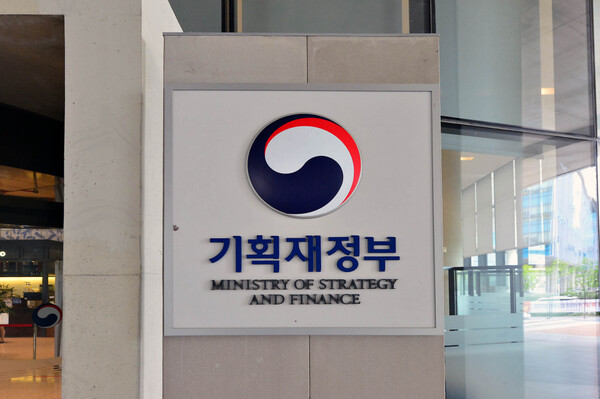
The government has announced the selection of agents and the issuance plan for issuance of foreign exchange stabilization bonds, commonly referred to as forex stabilization bonds, denominated in foreign currency. This formalizes the issuance of forex stabilization bonds denominated in U.S. dollars for this year. Consequently, the government anticipates attracting high-quality sovereign, supranational, agency (SSA) investors, including foreign governments, central banks, international organizations, and policy finance institutions.
According to the Ministry of Economy and Finance (MOEF) on June 16, the agencies selected to manage the issuance of forex stabilization bonds include five investment banks: KDB Korea Development Bank, Bank of America (BofA), Citi, Crédit Agricole, and HSBC. The bonds are expected to be issued within the next two to three weeks.
This time’s issuance marks the first U.S. dollar-denominated bond issuance in three years since 2021. By resuming bond issuance after the hiatus, the government aims to reaffirm its status as a “regular issuer.”
The MOEF stated, “This will ensure continuous demand for forex stabilization bonds, securing a channel for the government to raise foreign currency whenever needed. This issuance is expected to fulfill the fundamental role of forex stabilization bonds by providing a benchmark interest rate, enabling domestic companies and financial institutions that are actively issuing foreign currency bonds to obtain foreign currency at lower interest rates.”
The government is introducing an advanced issuance method for this round of bond issuance. This approach is aimed at attracting high-quality SSA investors.
The MOEF expressed optimism, stating, “By focusing on SSA investors, we expect to diversify our capital-raising routes. This will expand our investor base beyond the current concentration in Asia and asset management firms to include high-quality investors from Europe, the Americas, and the SSA sector.”
The ministry further explained, “In the medium to long term, we anticipate that interest from global high-quality investors will spread across the entire spectrum of domestic institutional bonds, spurred by this issuance of forex stabilization bonds.”
According to the MOEF, attracting high-quality investors enhances their stature, which in turn acts as a factor influencing the future issuance of forex stabilization bonds at lower interest rates, thereby boosting bond prices. Given the preference of SSA investors for long-term holdings over frequent trading for investment returns, the stability of the interest rates for forex stabilization bonds in the market is expected to improve after issuance.
Furthermore, it is a significant development that forex stabilization bonds can minimize the so-called “crowding out effect” by absorbing demand for investments in other domestic institutional bonds. By pioneering a new investor base in the SSA sector, the government and domestic policy finance institutions are expanding the investment capacity of both SSA investors and existing investors who have been purchasing forex stabilization bonds. This is anticipated to provide domestic institutions with greater opportunities to raise foreign currency funds more easily.


